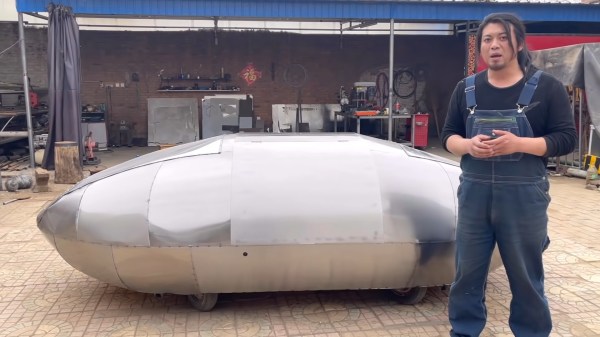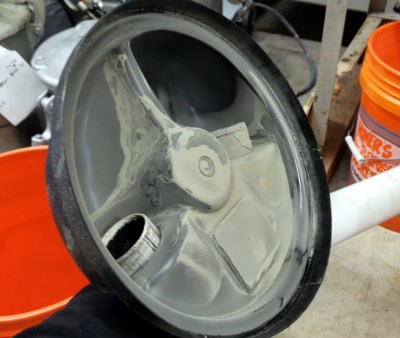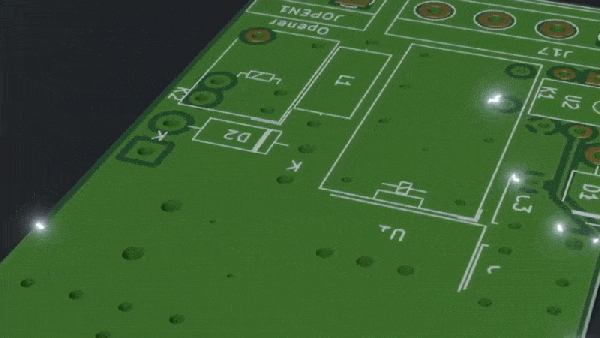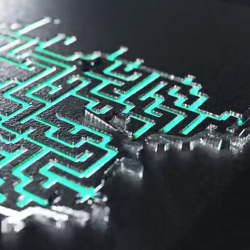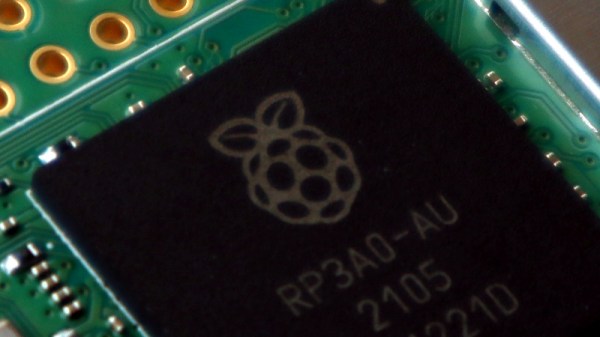[Handy Geng] has a knack for fitting his creations with a large percentage of recycled material. And as is exemplified by the video below the break, he also loves to mix the practical with the whimsical.
Using parts salvaged from motor scooters, trash heaps, and likely many other sources, [Handy] has put together a small vehicle that he himself describes as looking like a bar of soap as it slips across the floor. You’ll agree when you see the independent front and rear steering at work, allowing the car’s front and rear to be driven and steered on their own. Crabbing sideways, driving diagonally, and we’re guessing spinning in place are possible.
What’s also clear in the video below is that [Handy] is a talented fabricator. While not taking himself too seriously (keep an eye out for the 360° selfie cam!) he clearly takes pride in the work. [Handy]’s workshop and skill set show that at the core, he’s quite serious about his craft. We appreciate the creative use of scrap materials used in such an inspiring build. The turn signals and “communicator” hand is absolutely marvelous.
If building with recycled materials is your thing, then you’ll love the Trash Printer, too. Thanks to [Fosselius] for the tip!
Continue reading “Recycled Parts Round Out Soap Shaped Electric Car”

